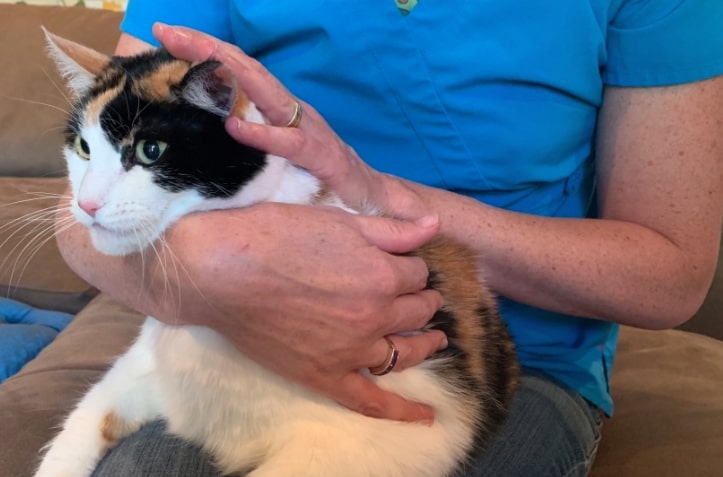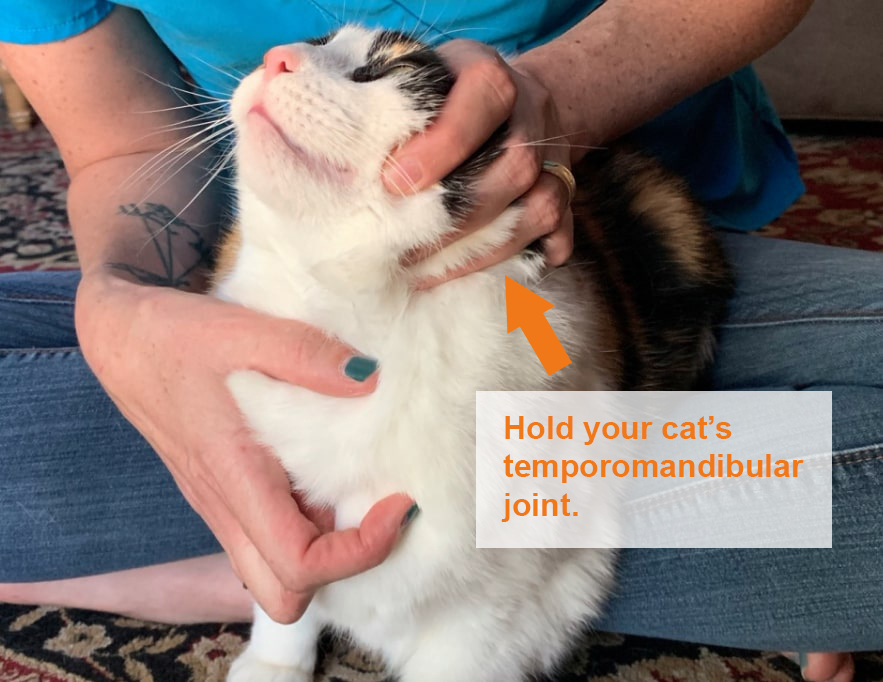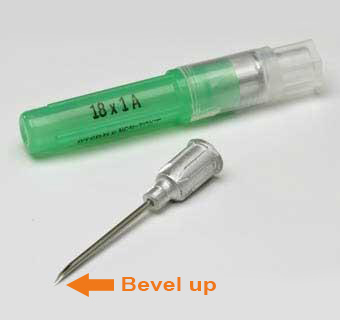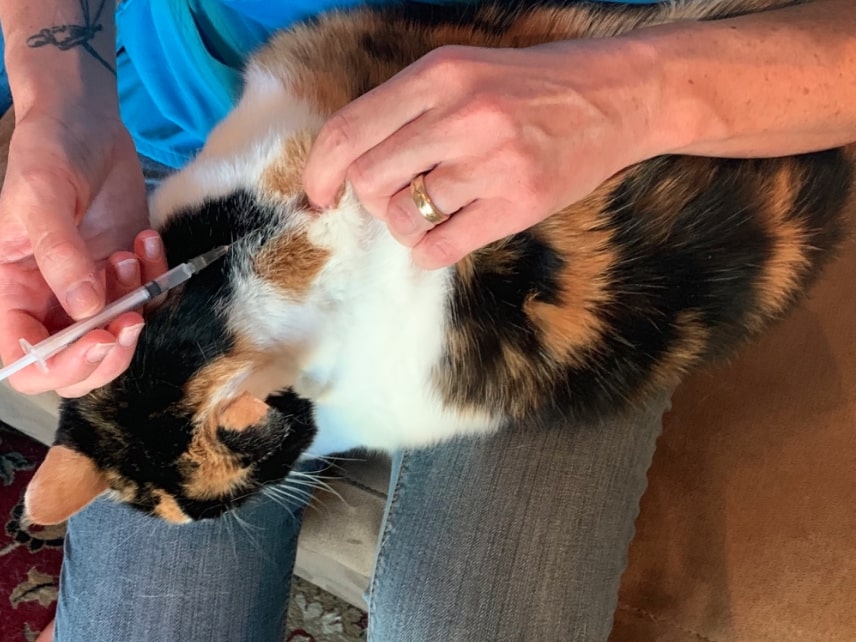As a long time veterinary nurse, I have medicated a lot of cats. A seasoned nurse makes administering medications look like a breeze. The truth is, knowing the right technique is huge!
In this blog, I want to dish out all my juicy secrets on how to medicate your kitty in ninja-like fashion.
First, let’s cover the basics.
Reasons why you may need to medicate your kitty:
- Pain control
- Antibiotics
- Supportive care after hospitalization
- Chronic conditions such as kidney disease, IBD (inflammatory bowel disease), thyroid disease, or diabetes
Most common ways medications are given:
- Tablet or capsule form
- Liquid suspension
- Injection
Tablets and capsules
Some tablets and capsules can be hidden directly in your cat’s food. To be honest, this is an exceedingly rare situation because many medications are bitter, and most cats won’t tolerate such an insult! However, if you are among the lucky, you can open the capsule and sprinkle the contents in their food or use a pill crusher for tablets. Try mixing it into something super yummy, like a novel wet food they don’t often receive or another irresistible snack.
If administration in food can’t be done, you will want to manually pill your cat.
Position yourself with your cat, finding the position that works best for you. My preference is to have my kitty in my lap, facing the same direction as me (ie: I am looking at the back of my cat’s head). Another option is to come from the side of your cat.
If your cat enjoys physical contact, start by giving 1-2 pets from their head to their tail, so they are reminded of your presence and your love. Gently place your other arm in front of your cat’s body, so they are less inclined to jump off of your lap.

Using your nondominant hand, hold your cat’s temporomandibular joint (this is where the jawbone connects to the skull) with your thumb and fingers. Gently lift their head in an upward position. Your hand will be positioned behind their head.

With the medication in your dominant hand, move your arm from around their body and up towards their mouth. Holding the pill between your thumb and forefinger, use your other fingers to gently pry your kitty’s mouth open.

Quickly insert the pill into your kitty’s mouth and gently hold their mouth shut for just a few moments. If you can, try to insert the pill as far back into your cat’s throat as possible. This helps eliminate your cat’s ability to taste the bitterness of the medication. Use a hand to massage their throat, as this will help them swallow the medication.
Liquid suspensions
Many medications come in liquid (or suspension) form. If administering the suspension in your cat’s food is not an option, you will need to manually insert the medication into your kitty’s mouth.
Set yourself up in the same position that you would when administering a tablet or capsule.
With the suspension drawn up into the dropper or syringe, insert the tip of the syringe or dropper into your cat’s mouth. If you can, direct the syringe or dropper to administer into your cat’s cheek pouch.

Subcutaneous injection
In some cases, your veterinarian may have you give injectable medications at home. Most will be given subcutaneously (under the skin). A few examples are Adequan, Vitamin B12, insulin, or subcutaneous fluids. We discuss administration of subcutaneous fluids extensively in our blog here.

In a comfortable seated position, place your kitty in your lap.
For subcutaneous injections, you will use one hand to “tent” your cat’s scruff (this is the extra skin between their shoulder blades). With your other (dominant) hand, insert the needle with the bevel up. The bevel is referring to the point of the needle that is cut out (see image). Insert parallel to their body, and direct the insertion towards the tail.
Gently insert the injectable medication. Remove the needle and replace the cap immediately. Gently massage your kitty’s back, at the site of injection.

After medicating your cat
I always like to offer what I call a “chaser” after any type administration! If the medication can be given with food, I would recommend following this procedure immediately with your kitty’s favorite treat or even meal.
Some kitties really are more challenging to medicate than others. If you find that’s the case with your cat, or you just feel like the entire experience will put a strain on your relationship, it’s not wrong to ask for help! Find a local veterinary nurse that you trust to either come over and coach you through the process, or do it for you. As a veterinary nurse myself, I can assure you that the right nurse is always happy to help!
I hope this helps! Let me know what additional questions you have in a comment below!
Big hugs,
Claire


